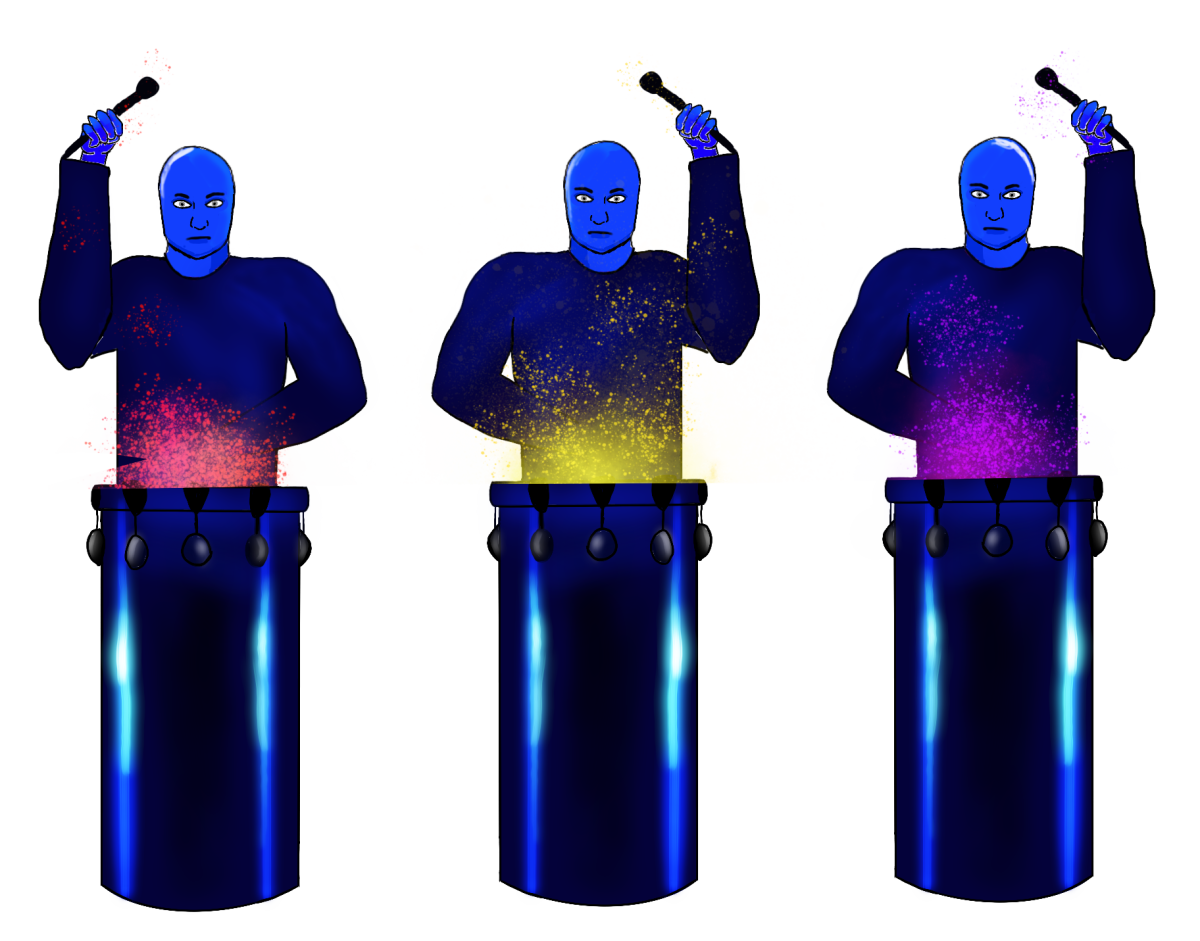“It is with a heavy heart that I take up my pen to write these the last words in which I shall ever record the singular gifts by which my friend Mr. Sherlock Holmes was distinguished.” These words, which began the story “The Adventure of the Final Problem” by Sir Arthur Conan Doyle, published in The Strand Magazine in 1893, were the cause of a nationwide rage and mourning of a fictional character. For they signaled the death of Britain’s favorite detective, Sherlock Holmes.
The story of the birth and subsequent death and rebirth of Sherlock Holmes is a winding and twisted one. Conan Doyle created the character in 1887 after making a meager career as a physician and author. At the age of 27, he tried his hand at detective fiction, writing the first Holmes novel, “A Study in Scarlet” in three weeks. The book was a hit. He soon published the next Holmes novel, “The Sign of the Four,” in 1890 and began writing Holmes short stories for the popular British magazine The Strand.
Sherlock Holmes was a massive phenomenon. Often called the first fandom due to its popularity, most of Britain were avid Holmes readers and the stories spread across Europe and even into the United States.
There was only one problem: Conan Doyle hated Sherlock Holmes.
He quickly grew sick of the character despite making his livelihood from his famous detective. Conan Doyle once wrote to his mother in 1891, “I think of slaying Holmes, … and winding him up for good and all. He takes my mind from better things.” To which his mother, a Holmes fan herself, responded, “You won’t! You can’t! You mustn’t!”
Even his own mother could not stop him. In 1893, Conan Doyle sent Holmes to his death in “The Final Problem,” in which Holmes grapples with his archenemy, James Moriarty before they both tumble off the side of the Reichenbach Falls. On the day he wrote the ending of the story, Conan Doyle famously wrote in his journal, “killed Holmes.”
Sherlock Holmes fans were thrown into chaos. Men and women were said to have worn black mourning clothes over the detective’s death. Conan Doyle received droves of hateful and pleading letters, some cursing him and calling him evil for killing off the detective, others begging him to bring Holmes back. The Strand, the primary publisher of Holmes stories, lost over 20,000 subscribers due to the character’s death, nearly going bankrupt.
It took until 1901 for Conan Doyle to give in, publishing another Sherlock Holmes adventure in the novel “The Hound of the Baskervilles,” which is now largely considered the best of the Holmes full-length novels. The problem was, even though “Hound of the Baskervilles” placated fans for a bit, it did not truly bring their favorite detective back. Conan Doyle wrote the novel as a prequel and staunchly proclaimed that Sherlock Holmes was gone for good.
Then, after ten years of begging from fans and an offer of a very large sum of money from both American and British publishers, Conan Doyle lifted Sherlock Holmes from his watery grave in the short story “The Adventure of the Empty House,” which revealed Holmes had faked his death all along. Conan Doyle kept publishing Holmes stories until 1927, only three years before he died in 1930 at the age of 71.
Ultimately, even his creator could not kill off the great Sherlock Holmes. At the real Reichenbach Falls in Switzerland, where Holmes supposedly plummeted to his death, there is even a plaque that reads, “At this fearful place, Sherlock Holmes vanquished Professor Moriarty, on 4 May 1891,” cementing the character’s victory and invincibility. Holmes is still known as the greatest literary detective of all time, sparking numerous film and television adaptations, and with his unmistakable pipe and magnifying glass appearing in bookstores worldwide.
Even after a hundred years since the first story was published, you just cannot kill Sherlock Holmes.
The near death of the world’s greatest detective
Alex Jaspers, Life Reporter
February 24, 2025
Categories:
Story continues below advertisement
0
More to Discover


















